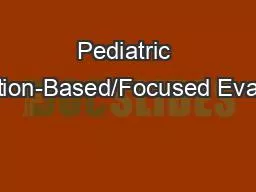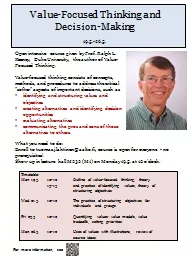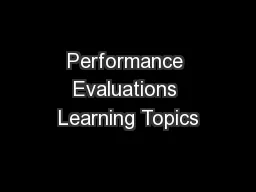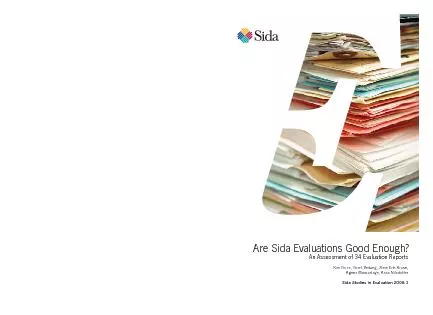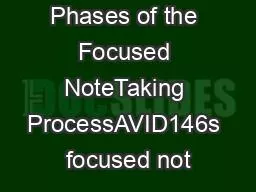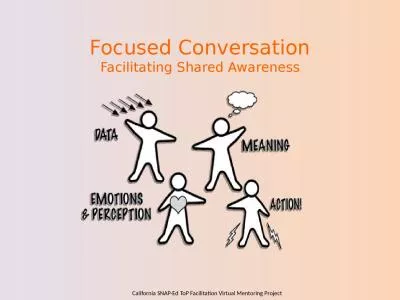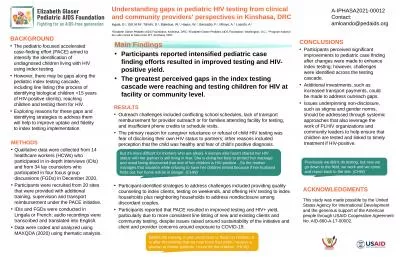PPT-Pediatric Occupation-Based/Focused Evaluations
Author : robaut | Published Date : 2020-11-06
Why we need them Learning Objectives There are three learning objectives for this continuing education Identify two occupationbased evaluations for use in pediatric
Presentation Embed Code
Download Presentation
Download Presentation The PPT/PDF document "Pediatric Occupation-Based/Focused Evalu..." is the property of its rightful owner. Permission is granted to download and print the materials on this website for personal, non-commercial use only, and to display it on your personal computer provided you do not modify the materials and that you retain all copyright notices contained in the materials. By downloading content from our website, you accept the terms of this agreement.
Pediatric Occupation-Based/Focused Evaluations: Transcript
Download Rules Of Document
"Pediatric Occupation-Based/Focused Evaluations"The content belongs to its owner. You may download and print it for personal use, without modification, and keep all copyright notices. By downloading, you agree to these terms.
Related Documents

